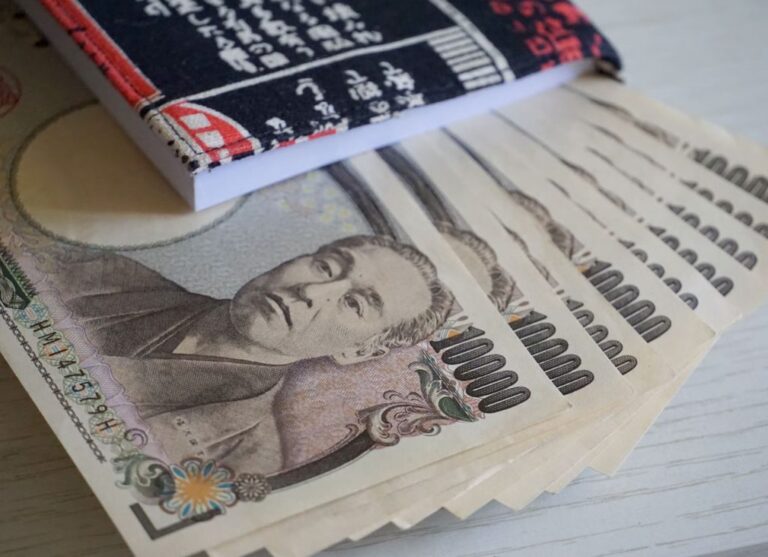
Morning Brief – Sticky CNY
Uncertainty and risk continue to pervade and detract investors from Chinese stocks. In particular, investors continue to question whether the crisis within Chinese real-estate stocks will be contained within the sector or spread through the financial sector, deteriorating financing and economic conditions nationwide. Whilst stocks in the one of the world’s most indebted companies, Evergrande, which provided the spark for wider industry contagion have been suspended pending the announcement of a potential cash-raising sale, similar companies have grabbed headlines citing similar financial perils.
The Chinese government and central bank have so far both still failed to directly address the risks and unfolding crisis associated with property giant Evergrande. The government has reportedly conducted communications with Chinese state-controlled companies urging them to buy assets and provide fair bids and cash to the imperilled company. The risks to investors and the Chinese public therefore still remain very real, with daily public demonstrations by those who have equity tied up within housing projects undertaken at the failing company standing as testimony to the public risk associated with default.
Property development has been one of the main drivers of high single, even double, digit growth in China for decades. The highly leveraged building projects have proven to be the backbone of Chinese growth and allowed the governing CPC to hit its lofty growth targets. The failure of these companies is expected to put an end to the Chinese growth model and in turn is putting immense pressures on growth in the nation. In the face of such uncertainty with respect to growth, the question now is why has the Chinese Yuan proved so stable?
When questioning Yuan stability the question of the People’s Bank of China’s (PBOC’s) control over the currency is always a good starting point. Whilst no longer electing for a direct peg to any currency, the PBOC does publish a reference rate each trading day within which the open market is free to trade around within a narrow band of tolerance (2%). By retaining the ability to set the reference rate, the PBOC can influence the level at which the Yuan trades. There has been a changing tone at the PBOC and indeed within the CPC with a focus on the stable provision of energy amidst rising energy prices globally taking centre stage of policy. There has therefore been a tolerance for stronger CNY pricing when setting daily reference rates to assist this aim. This is because a stronger Yuan will limit the import costs of foreign-currency-denominated units of energy traded globally.
The side-lining of the Evergrande saga at the national and central bank level with a preference towards focussing upon the robust underlying economy has helped soothe nerves in the FX market. The early tightening cycle that the PBOC undertook to correct Covid-19 crisis-era policy has also been supportive of the currency.
Discussion and Analysis by Charles Porter

Click Here to Subscribe to the SGM-FX Newsletter
Related Insights

Morning Brief – Japanese Yen
Japanese Yen With JPY at a new 34 year low versus EUR, the market is set for an ambush by the Bank of Japan if it acts today at the end of their Policy Meeting to support the Yen. The reason that the market is susceptible is because it has convinced itself that the BoJ […]

Morning Brief – Coalition
Coalition This briefing is about South Africa and the Rand, which frequently proves to be one of the more divisive subjects within our roster of currencies. In particular, with the election looming, this will be about South African governance. Not from a political or human perspective about what may be the best long term outcome […]

Morning Brief – US Tariffs on Chinese Imports
US Tariffs on Chinese Imports Recently we wrote about how Mexico has become the Number One trade partner for the USA. It now transpires that Mexico may have had what is known as a little assist with their numbers: the statistics for the number of 20 foot shipping containers for the first three Quarters of […]



 Humphrey Percy
Humphrey Percy Charles Porter
Charles Porter